We’ve visited countless art galleries across Canada, hunting for the real deal in Indigenous art. After exploring everything from cozy studios to major galleries, we found these five spots that really deliver. Whether you want an Inuit soapstone carving or a striking First Nations print, these places won’t let you down.
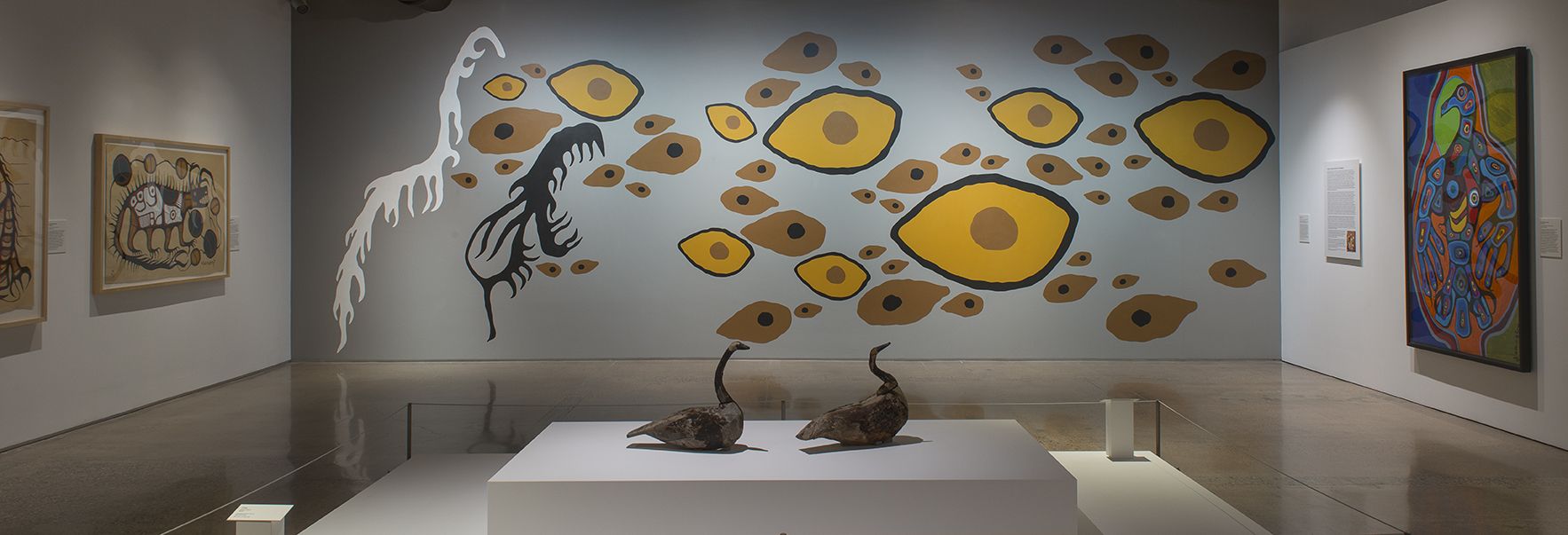
Inuit Gambling Rituals and Traditions: A Look Through Art
Inuit traditions reveal an enduring fascination with games of chance, where handcrafted dice from bones or stones symbolized the blend of skill, resourcefulness, and luck. These cultural practices resonate strongly with the modern dynamics found in Sask gambling platforms, which bring a similar mix of excitement and strategy to today’s players. A helpful resource on this topic is this detailed account of online trends in the region, which delves into how Saskatchewan online casinos carry forward timeless gaming principles. Here, you’ll find essential information on regulations governing these platforms, as well as a current list of the top-rated options available for players.
These insights offer both newcomers and seasoned gamers a deeper understanding of the opportunities in the Saskatchewan gaming landscape. Such connections deepen our appreciation for Inuit artwork, where themes of perseverance and unity are celebrated, drawing striking parallels to the communal spirit of gaming.
Below we share top galleries across Canada that showcase the beauty of Indigenous art, where many pieces illustrate the Inuit perspective on life, nature, and even games of chance.
Featured Galleries for Native Canadian and Inuit Art
Bay of Spirits Gallery: Art in the Heart of Toronto

bayofspirits.com
Address: 156 Front Street West, Toronto, ON
Right across from the Art Gallery of Ontario, Bay of Spirits Gallery has been sharing Indigenous art for over 25 years. What makes this place special? They work directly with artists like Norval Morrisseau and Daphne Odjig, whose works you might recognize from museums and collectors’ homes.
What you’ll find here:
- First Nations paintings that tell powerful stories
- Northwest Coast masks with deep cultural meanings
- Limited edition prints from famous artists
- Sculptures that capture traditional themes
Want to start collecting? The staff here really knows their stuff and can help you understand the stories behind each piece.
Free Spirit Gallery: Resource-Rich Tribute to Indigenous Art
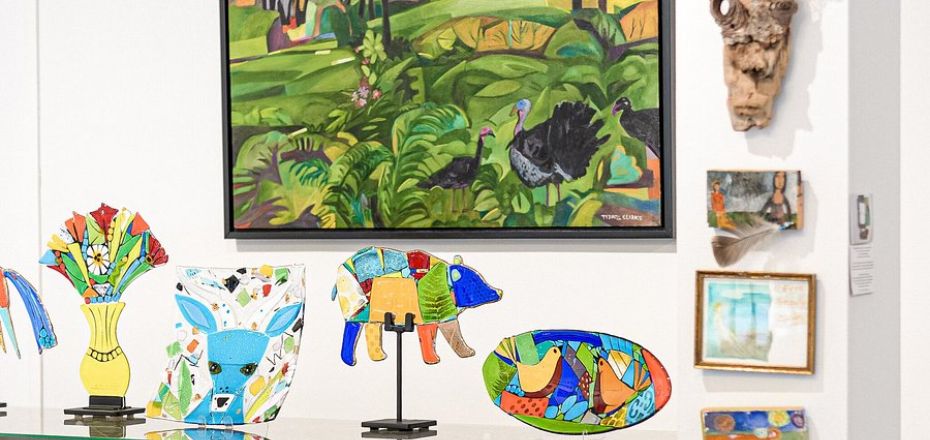
Online Gallery (CLOSED)
Although Free Spirit Gallery no longer sells art directly, it was one of the best online resources for learning about Indigenous Canadian art. Based near Toronto, this gallery focused on sharing the beauty and history of Inuit and Northwest Native art through articles, videos, and images.
Highlights included:
- The gallery offered a vast collection of articles and videos on topics like Inuit carvings, Eskimo art history, and Northwest Native traditions, providing valuable insights for art enthusiasts.
- Visitors could download two free eBooks: An Overview of Pacific Northwest Native Indian Art and An Overview of Canadian Arctic Inuit Art, which cover the basics of Indigenous art, from symbolism to styles.
- Their website displayed a range of art images, including Inuit drum dancers, totem poles, animal carvings, and prints, giving visitors a clear view of Indigenous culture.
While no longer retailing, Free Spirit Gallery was dedicated to educating and inspiring visitors, helping people discover and appreciate the rich world of Indigenous Canadian art.
DaVic Gallery: Your Online Gateway to Indigenous Art
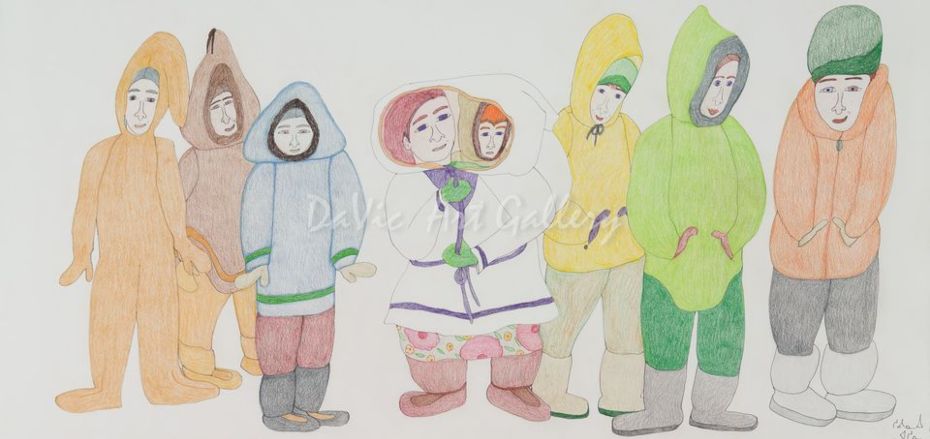
nativecanadianarts.com
Online Gallery
Based in Coquitlam, BC, DaVic Gallery brings Indigenous art right to your screen. The cool thing about them? They ship for free across North America, making it super easy to get started with collecting.
They specialize in:
- Cape Dorset prints (some of the most sought-after Inuit art)
- Baker Lake pieces with their unique style
- Northwest Coast art that showcases coastal traditions
- Woodland art full of spiritual symbolism
Plus, they’ve got great educational resources if you want to learn more about printmaking techniques and artists’ stories.
Nanooq Inuit Art: The Cape Dorset Specialists
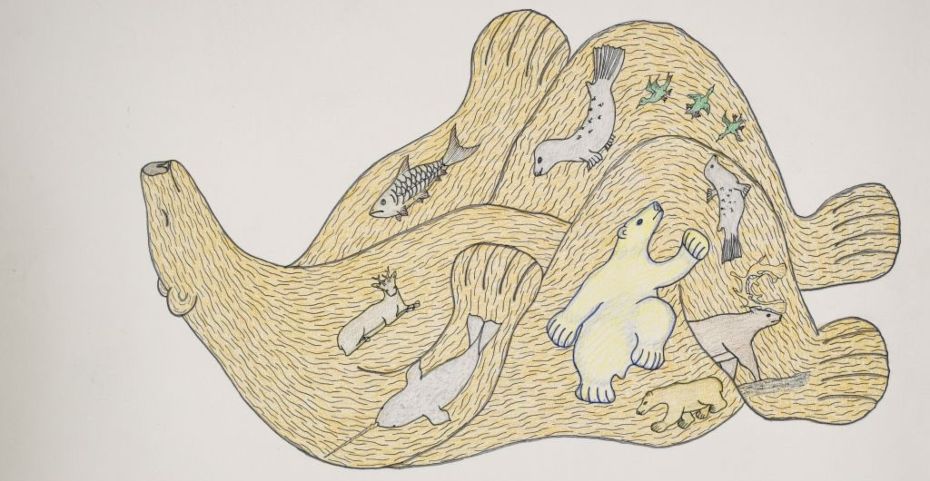
nanooqinuitart.com
Address: 1278 Yonge Street, Toronto, ON
Nanooq focuses entirely on art from Kinngait (Cape Dorset), and they really know their stuff. What’s special about them? They get first dibs on the annual Cape Dorset print collections – a big deal in the Inuit art world.
Key offerings:
- Latest Cape Dorset prints
- Original drawings by contemporary artists
- Inukshuk Sculptures from renowned carvers
- Corporate art consulting if you’re looking to start a serious collection
They also do a great job explaining Inuit art history and helping new collectors understand what makes each piece valuable.
Inuit Gallery of Vancouver: Museum Quality in a Gallery Setting
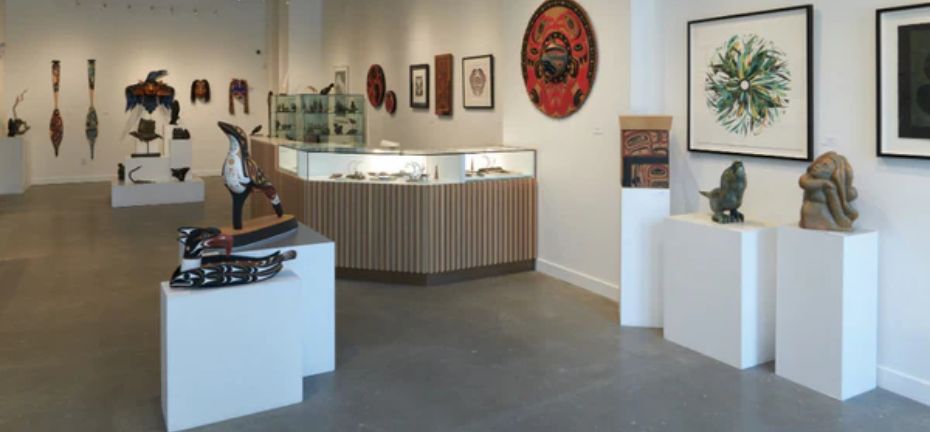
inuitgallery.com
Address: 206 Cambie Street, Vancouver, BC
Located in the scenic Shipyards District of North Vancouver, this gallery has been around since 1979. The prices here range from affordable to museum-quality pieces, so there’s something for everyone.
Price breakdown:
- Small artworks start around $450
- Medium pieces run $1,200-2,000
- Museum-quality works can reach $19,500
- Beautiful jewelry from $500-3,000
The gallery’s location is worth mentioning – just a quick SeaBus ride from downtown Vancouver makes it super accessible.
Inuit Sculptures Art Gallery: Making Fine Art Accessible
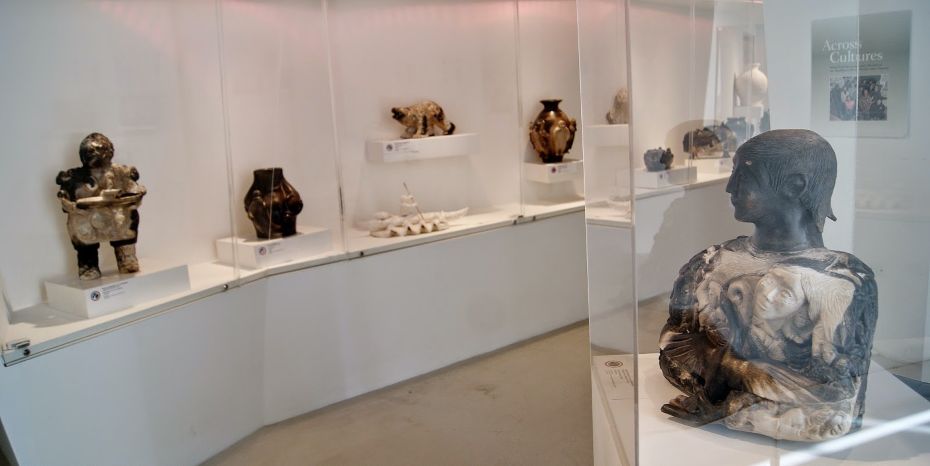
inuitsculptures.com
Address: 487A Main Street, Hudson, QC
This Hudson, Quebec gallery does something really cool – they offer interest-free layaway plans for pieces over $2,000. That means you can get that amazing sculpture you’ve been eyeing without breaking the bank all at once.
What sets them apart:
- Professional restoration services
- Worldwide shipping options
- Flexible viewing appointments
- Prices from $580 to $82,680
Cultural Symbols and Themes in Native Canadian and Inuit Art
Native Canadian and Inuit art captures deep cultural connections to history, land, and values. In galleries showcasing these artworks, you’ll encounter meaningful symbols like Inukshuk sculptures, totem poles, and reflections of Inuit music and dance that embody the spirit and stories of Indigenous communities.
Inukshuk and Its Role in Inuit Art
Inukshuk sculptures are key in Inuit art, symbolizing community, guidance, and resilience. Traditionally, Inuit communities used these stone markers to guide travellers through the Arctic landscape. The cultural importance of the Inukshuk even inspired the 2010 Vancouver Winter Olympics logo, designed to represent unity, friendship, and the Canadian spirit.
Created by Vancouver-based artist Elena Rivera MacGregor, the logo, named Ilanaaq (meaning “friend” in Inuktitut), symbolizes cooperation and support, with each stone depending on the others to complete the structure. The five colours in the logo represent Canada’s landscapes, maple leaves, and mountain sunrises, embodying Canadian identity.
This symbolic design shows how the Inukshuk transcends traditional boundaries to serve as a symbol of leadership and unity, a theme celebrated in many Inuit art galleries.
Totem Poles and Animal Symbols in Native Canadian Art
Totem poles are iconic symbols in Native Canadian art, especially among Coast Salish and other Pacific Northwest Indigenous groups. These intricate carvings often feature animal figures like bears, eagles, and wolves, each symbolizing traits that hold cultural significance, such as strength, wisdom, and protection.
In Pacific Northwest Native American art, artists frequently focus on animal designs, using unique shapes like ovoids and U-forms to represent eyes, ears, and other features. These detailed elements give each animal a distinct profile, contributing to the artwork’s storytelling depth. This style, rich in symbolism and technique, is prominently displayed in art galleries dedicated to West Coast Native culture.
Inuit Music and Dance: Celebrating Tradition through Art
Inuit music and dance, particularly drum dancing and throat singing, hold significant cultural value, symbolizing unity and tradition within Inuit communities. Galleries dedicated to Inuit art often showcase sculptures, paintings, and carvings inspired by these musical traditions, offering a glimpse into the rhythms and stories that are integral to Inuit life.
Distinct Styles in Native Canadian and Inuit Art
The distinct styles within Native Canadian and Inuit art reflect their unique regional and cultural influences. Let’s explore some of these styles:
Native Indian Art and West Coast Traditions
West Coast Native art is celebrated for its intricate designs, often featuring spiritual motifs and animal symbols that connect art to nature and cultural beliefs. The vivid colours and storytelling themes make West Coast Native Canadian art a fascinating experience for gallery visitors.
Inuit Carvings and Eskimo Art
Inuit carvings, also known as Eskimo art, are crafted from materials such as stone, bone, or ivory, often depicting Arctic animals like polar bears and seals or cultural symbols like the Inukshuk. These carvings offer a unique look into the Arctic landscape and Inuit life, making them popular exhibits in galleries focused on Inuit art.
Connecting to Inuit Life and Identity Through Art
Art provides a gateway to understanding Inuit culture, with pieces that reflect drum dancing, throat singing, and essential symbols like the Inuit flag and Inuit map.
Drum dancing and throat singing are vital practices in Inuit tradition, embodying unity and resilience. Through art, galleries preserve these cultural expressions, allowing visitors to experience the vibrancy of Inuit drum dancing and singing. These artworks capture the spirit of Inuit gatherings, connecting the viewer to Inuit identity and community.
The Inuit flag and Inuit map are potent symbols representing Inuit territories and cultural identity. These symbols are often featured in art galleries, serving as powerful reminders of the Inuit people’s connection to their homeland and heritage.
Each gallery has its own personality and focus. Some are great for beginners, while others cater to serious collectors. The key is finding one that matches your interests and needs.
Remember, buying Indigenous art isn’t just about decorating your space – it’s about connecting with rich cultural traditions and supporting living artists. Whether you’re looking for your first piece or adding to a collection, these galleries offer fantastic ways to explore and appreciate Indigenous Canadian art. Want to learn more? Most of these galleries have websites where you can browse their collections and learn about upcoming shows. Don’t be shy about reaching out – gallery staff love sharing their knowledge with interested collectors.
